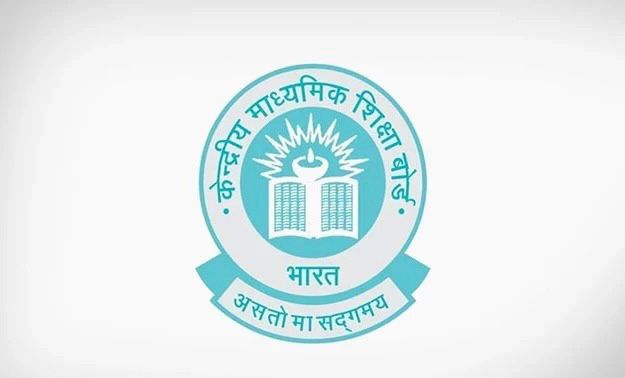Explain the main features of the dispersed settlements in India.
Ans.
Dispersed settlements, also known as scattered settlements, are characterized by dwellings and structures spread out over a wide area rather than clustered together in a compact settlement. In India, dispersed settlements are primarily found in rural and remote regions, particularly in hilly, forested, or sparsely populated areas. Here are the main features of dispersed settlements in India:
-
Low Population Density: Dispersed settlements typically have low population densities, with households located at considerable distances from each other. This low population density is often a result of the availability of ample land and natural resources in rural areas, as well as the traditional lifestyle and occupation patterns of the inhabitants.
-
Spatial Distribution: In dispersed settlements, dwellings are scattered across the landscape with considerable distances between them. Unlike compact settlements where buildings are clustered together, dispersed settlements may have individual homesteads or farmsteads situated amidst agricultural fields, forests, or natural landscapes.
-
Agricultural Focus: Dispersed settlements in India are often associated with agriculture-based economies and livelihoods. Farmers and rural communities living in dispersed settlements typically engage in subsistence farming, livestock rearing, and other agricultural activities to sustain their livelihoods. The dispersed layout of settlements allows households to have access to agricultural land for cultivation and grazing.
-
Traditional Architecture: In dispersed settlements, traditional architectural styles and building materials are often used for constructing dwellings and structures. Houses in rural India are typically built using locally available materials such as mud, bamboo, thatch, and timber. The architectural designs and construction techniques reflect the climatic conditions, cultural preferences, and traditional knowledge of the local communities.
-
Limited Infrastructure: Dispersed settlements may have limited access to basic infrastructure and public services compared to more densely populated urban or peri-urban areas. Infrastructure such as roads, electricity, water supply, sanitation, healthcare facilities, and educational institutions may be inadequate or underdeveloped in dispersed rural settlements, posing challenges for residents in accessing essential services.
-
Social Cohesion: Despite the dispersed layout of settlements, rural communities in India often exhibit strong social cohesion and community ties. Villagers in dispersed settlements may participate in communal activities, festivals, religious ceremonies, and social gatherings that foster a sense of belonging and mutual support among residents.
-
Challenges of Connectivity: Dispersed settlements in remote or hilly areas may face challenges of connectivity and accessibility, particularly during adverse weather conditions or natural disasters. Limited road networks, rugged terrain, and lack of transportation infrastructure can hinder mobility and access to markets, healthcare, and emergency services for residents of dispersed settlements.


